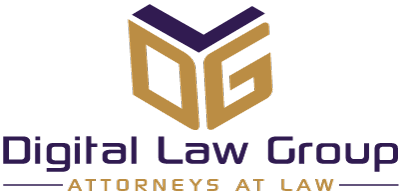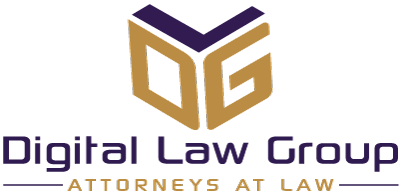The path to protection
A successful trademark strategy starts with thorough research. It is important to search for existing trademarks to ensure that your desired mark is not already taken and to avoid infringing on the rights of another party Additionally, you should search for similar marks to make sure that your mark is distinct and recognizable.
Once you have identified a suitable mark, you should obtain a trademark registration from the relevant local and international trademark offices. This will provide protection for your mark and will prevent others from using it without your authorization.
Additionally, you should take steps to ensure that you are using the mark correctly and consistently in order to ensure that it remains legally protected. Finally, you should monitor the market for any potential infringement of your mark and respond quickly to any potential infringements.
Don’t cut corners when developing key assets, like copyrights, patents and trademarks. Using experienced IP counsel can help you avoid common DIY mistakes like incorrect classifications that will delay or deny your applications.
Making Sure Your Business is Supported
Whether you are in a seed round or Series A round, we can help educate and support you on all aspects of raising capital and protect you interests along the way. Your prospective investors need as much information about your business as possible.
An experienced start-up lawyer can help you tell your story more effectively by guiding you through the process of setting up a quality data room, so you can put your best foot forward with your potential investors.
- Due Diligence is a vital procedure in mergers and acquisitions aimed to confirm the validity and integrity of various aspects about the company.
- Review/negotiate Term Sheets (basically letters of intent that would form the basis of an investment agreement should you and your investor decide to work together.
- Update Cap Tables to include all investors to-date and their equity interests
- Gather and organize documents and store in the cloud
- Set security access levels (management, investors, employees)
Due Diligence Checklist
The checklist enables the due diligence process to ensure that the right choice of the investment is being made.
- General Corporate Structure: Provides business overview, acquisition and financial documents
- Marketing & Sales: Competition, markets, customer and pricing channels, customer relationships & product branding
- Products: Describes product lines, product life cycle, compare products and available capacity
- Operations: Service / property management agreements, supplier data, asset financials, licenses, equipment & machinery
- Human Resources: Organizational chart, human resources policies, employee benefits, etc.
- R&D: Review R&D budgets, technical capabilities, skills sets and new product development
- Intellectual Property: Patents, trademarks, copyrights, non-disclosure agreements.
- Licenses and royalty agreements
- Contracts: Supply contracts, Guarantees, Partner Agreements
- Real Estate: Deeds and titles, capital improvements, leases
- Insurance: Policies, premiums and losses
- Legal Claims: Litigations, contingent liabilities, waivers or agreements for claims, consent decrees, judgments
- Permits, regulatory reports or audits



